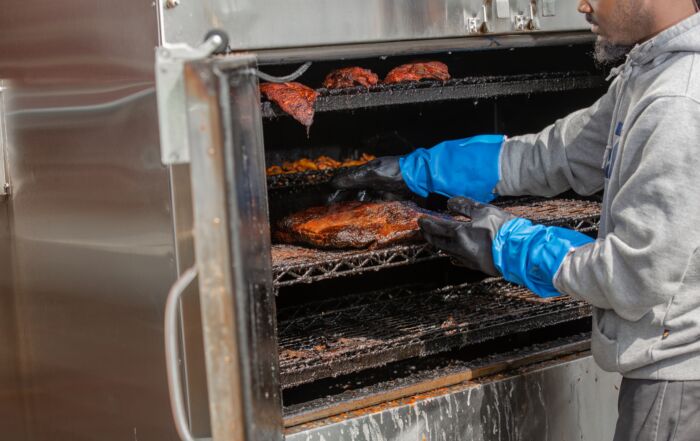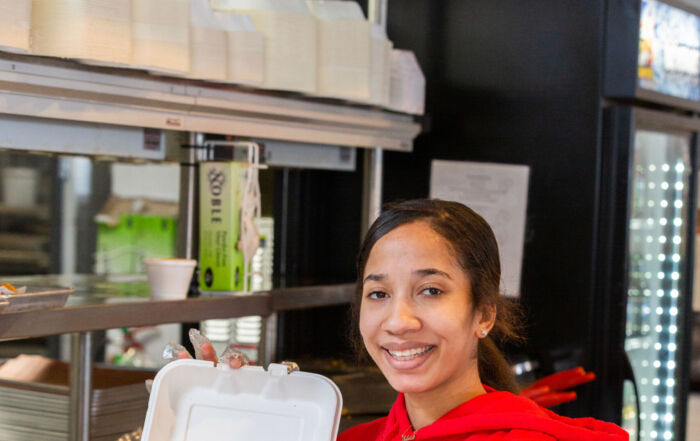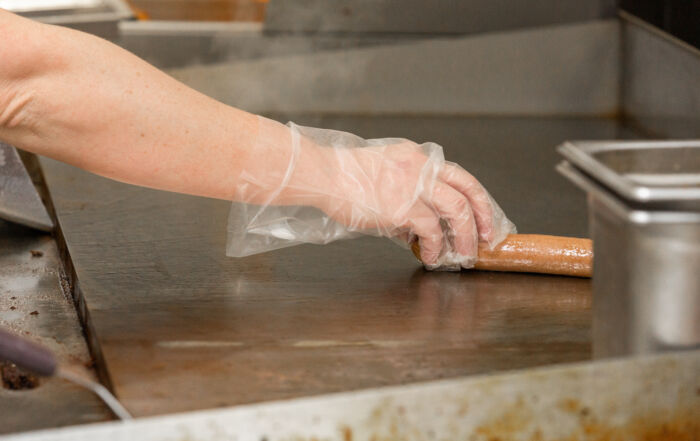Navigating the Intricacies of Temperature Management
I spend a bit of time in these blogs discussing various nuances of food safety – but one that we haven’t spent much time discussing is basic temperature management. I think we all, at least I certainly do, take this knowledge for granted after having been exposed to it for so long. Can you imagine a new hire coming to work in a commercial kitchen for the first time and how confusing all the temperatures we use on a daily basis must be for them?
Temperature management is not just a matter of achieving the perfect doneness in a steak or ensuring a refreshing chill in your salad. It really is a critical factor in safeguarding the health and well-being of anyone who partakes in the creations of a foodservice operation.
At the heart of temperature management is the division between hot and cold, each playing a crucial role in preventing the proliferation of harmful microorganism. The 2022 Model Food Code sets forth specific temperature ranges that food items must be stored, cooked, and held within to minimize the risk of foodborne illnesses. I am basing the rest of my discussion within this blog on that standard. As always, it is important that you check the standards within your local jurisdiction as they could be slightly different than what the food code has recommended.
Navigating the intricacies of proper temperature control means not only understanding the recommended temperature guidelines, but also implementing best practices in a dynamic and often hectic kitchen environment.
Hot Holding: The magic number here is 135°F (57°C) or higher. Foods like soups, stews, and cooked meats should be maintained at this temperature or above to prevent the growth of dangerous bacteria such as Salmonella and E. coli.
Cold Storage: On the flip side, the chill zone is equally significant. Cold storage, below 41°F (5°C), is vital for perishable foods like dairy, raw meats, and ready-to-eat items. Maintaining these items at the right temperature ensures the slowdown of bacterial growth.
The zone in between the cold and hot zone, or between 41°F (5°C) and 135°F (57°C) is what we have called the temperature danger zone for years. This zone is the sweet spot for microorganisms to multiple, the temperature at which food should spend as little time as possible.
Cooking Temperatures: When it comes to cooking, temperatures are not just about achieving the ideal taste and texture; they are about ensuring that the food is safe to eat. Poultry, ground meats, and fish have specific temperature thresholds that must be reached to eliminate harmful bacteria. For instance, raw eggs prepared for immediate service should reach 145°F (63°C) poultry should reach an internal temperature of 165°F (74°C), while ground meats and fish should hit 160°F (71°C).
Implementing these temperature management practices in a fast-paced kitchen is no small feat. Chefs and kitchen staff must be adept at multitasking, ensuring that food moves seamlessly through temperature transitions from storage to preparation to cooking and, ultimately, to serving.
The challenges with temperature control are now confounded more than ever with the demand for food delivery and the proliferation of delivery services such as Uber Eats and Grub Hub. Maintaining the correct temperatures during transportation presents an additional hurdle that requires careful consideration and innovation.
Navigating the intricacies of proper temperature control means not only understanding the recommended temperature guidelines, but also implementing best practices in a dynamic and often hectic kitchen environment. From the storage of ingredients to the final presentation on the plate, each step can have a different temperature requirement which must be met to ensure the food served is not only delicious but, more importantly, safe for every guest. Risk Nothing.
READ MORE POSTS
Turn your Health Inspector into your Food Safety Ally
For many foodservice operators, keeping up with evolving regulations can feel like chasing a moving [...]
Time and Temperature: Why 41°F to 135°F?
In one of my last blogs, I mentioned the temperature danger zone, or TDZ, as [...]
Maintaining Food Safety Standards Amid Seasonal Turnover
Across the country, summer seems to bring on more than just an influx of business [...]
When Temperatures Rise, Keep Food Safety Top of Mind
Summer brings a welcome increase in business for many restaurants, catering services, and event venues. [...]










